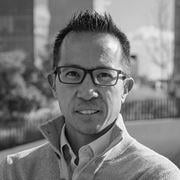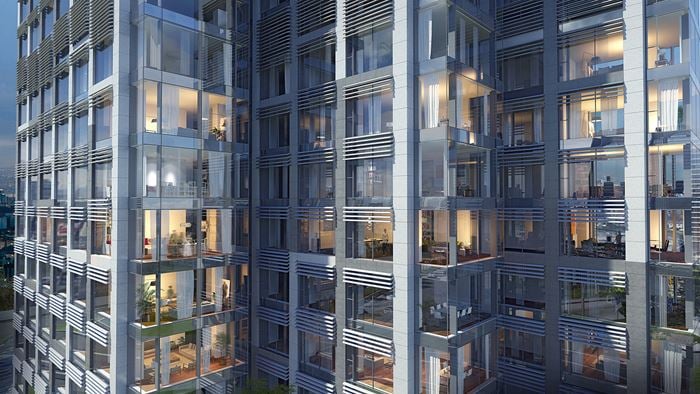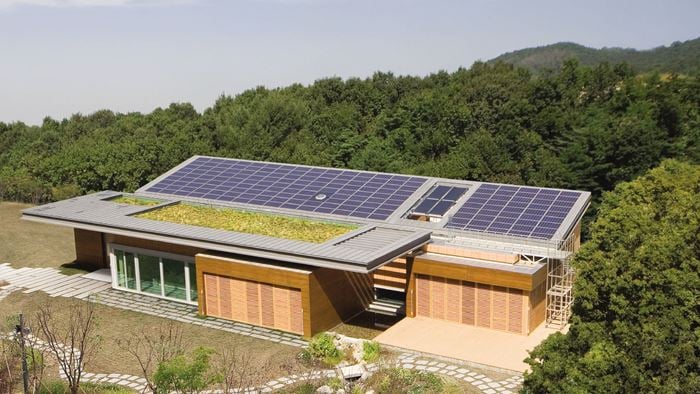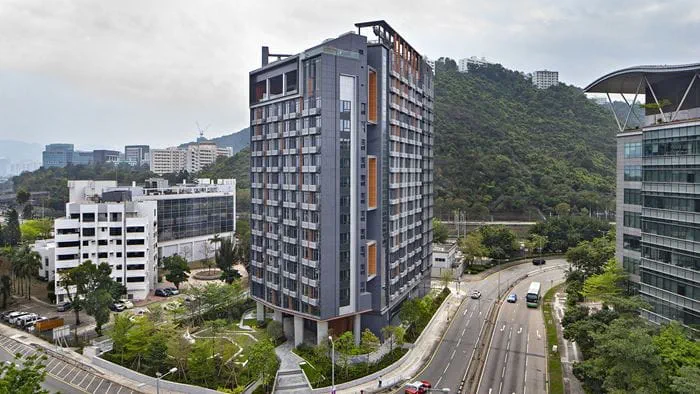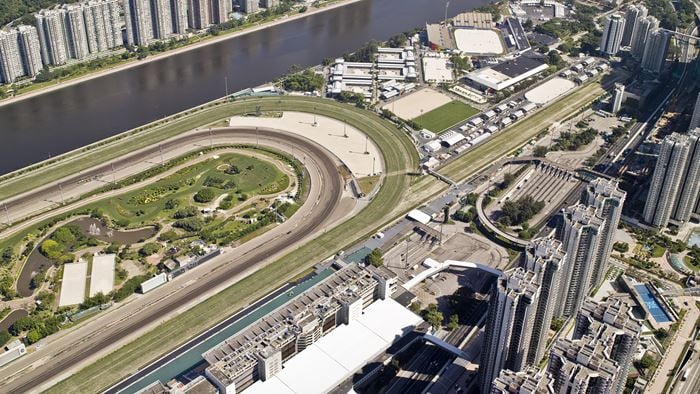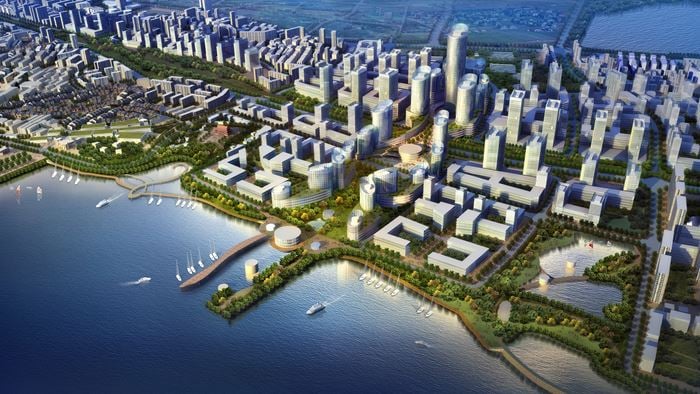Superstorm Sandy, Hurricane Irene, and Tropical Storm Lee caused massive storm damage, flooding, power outages, and utility and transportation disruption in communities throughout the tri-state region of New York, New Jersey, and Connecticut. In response, the State of New York established the NY Rising Community Reconstruction (NYRCR) Program to provide rebuilding and revitalisation assistance to severely impacted communities. This program empowers communities to create NYRCR Community Reconstruction Plans and identify resilient and innovative reconstruction projects that consider storm damage; future risk related to climate change, sea level rise, and storm severity; and opportunities for economic and open space co-benefits.
Arup assisted five communities in Long Island, New York in creating these NYRCR Plans. This community-based, comprehensive planning process included community visioning, asset and risk assessment, needs and opportunities analysis, resiliency strategies, and the development and refinement of capital projects for potential funding.
Our primary role was to act as project manager throughout the planning process, and to serve as the technical liaison between the Governor’s Office of Storm Recovery and affected community members. The nine-month process resulted in five Community Reconstruction Plans with recommendations in the areas of infrastructure, housing, economic development, natural and cultural resources, and community planning and capacity building.
Holistic approach
Arup’s work included assisting communities to look beyond the issues of coastal flooding to rebuild in a holistically resilient manner. Factors such as environmental sustainability, economic development, ecosystem restoration, urban planning, disaster preparedness, planning and response, and social equity were all considered in the planning and design of these communities. In showing the connection between environmental improvement and urban planning, Arup was able to build support for local champions of transit-oriented development, green infrastructure, shoreline restoration, and community education.
During the planning process, it was quickly identified that the issues and opportunities in these Long Island communities are often regional in nature. Arup helped both the client and local communities look beyond political boundaries and work together on projects that brought common benefits. For example, many stormwater issues result from upland drainage system impacts. Arup’s communities supported funding for a project that will create a regional hydraulic and hydrologic model to explore how stormwater issues could be managed at the regional scale.
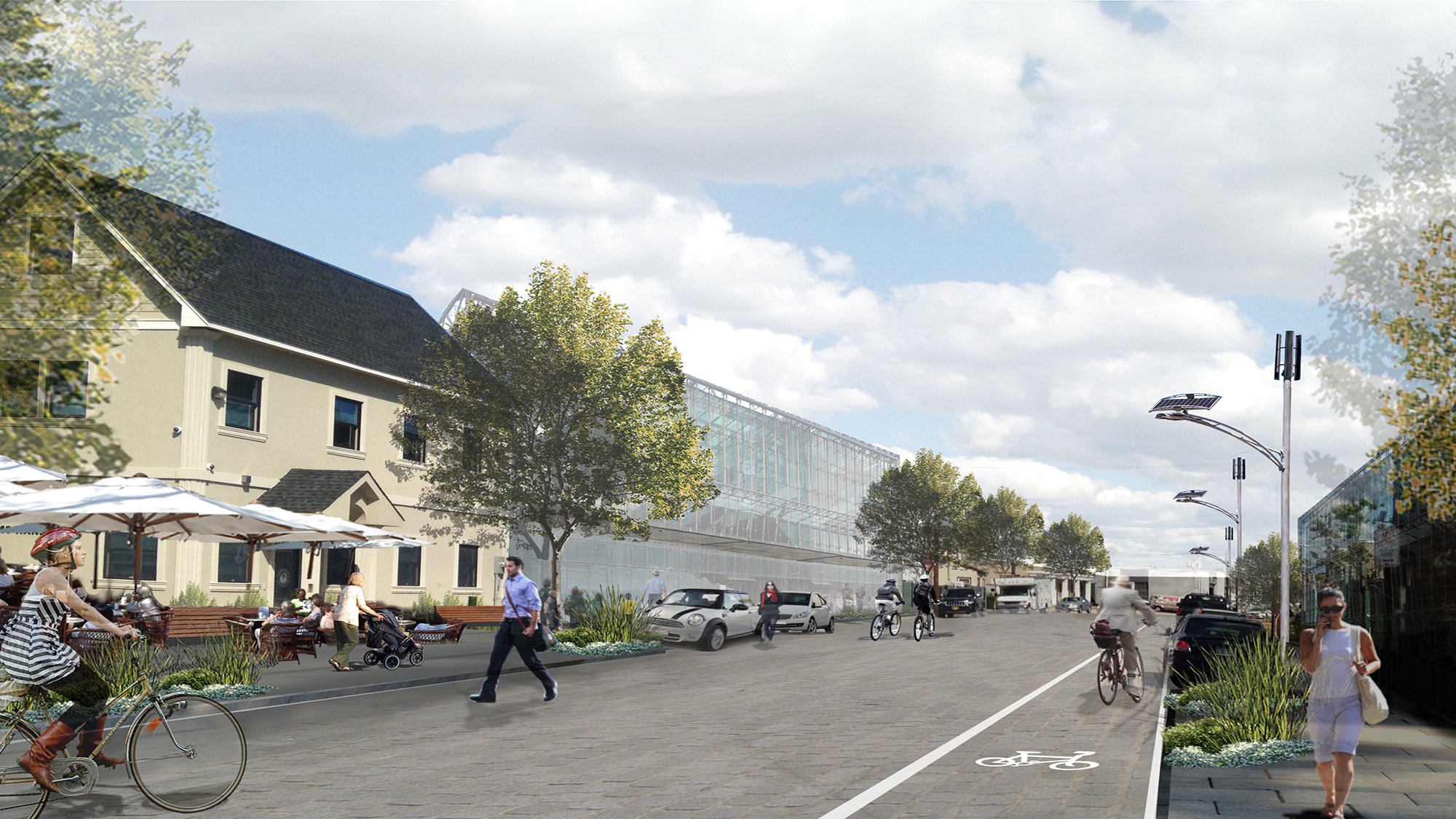 ;
;
